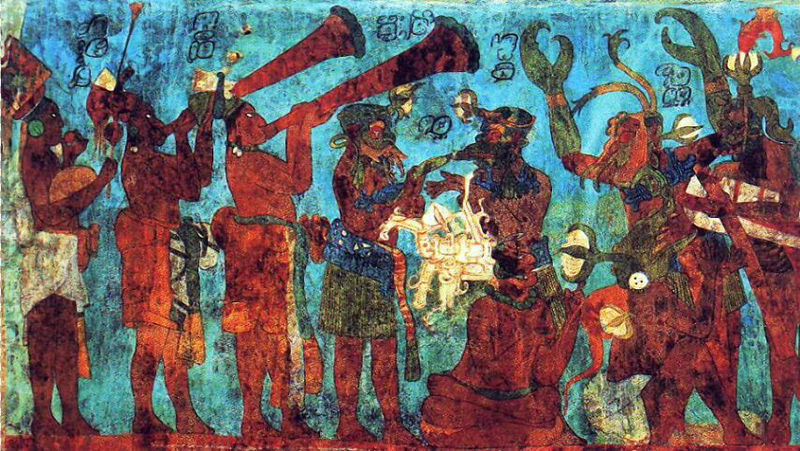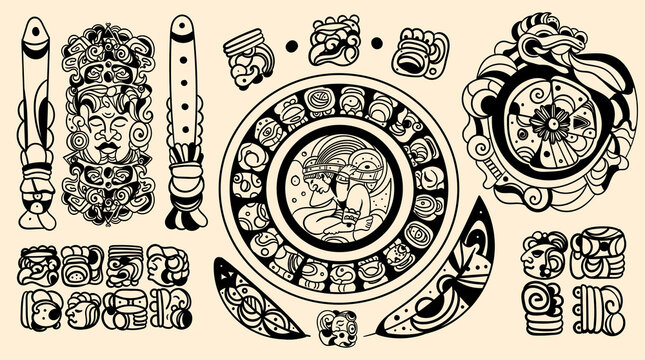Maya Art Is Renowned For Its Sophistication, Variety And Intricateness
The Maya created highly developed art forms. Wood, jade, obsidian, porcelain, sculpted stone monuments, stucco, and exquisitely painted murals were among the materials they used to create art. Wood carving is thought to have been widespread, but just a few objects have been discovered. Maya sites are littered with stone stelae. The most well-known, from Copan and Quirigua, are notable for their meticulous attention to detail. The ornamental lintels of Palenque and Yaxchilan are notable, especially the famed Yaxchilan Lintel 24. Several Maya stairways, such as those at Tonina, have been decorated with a wide variety of scenes. Large stones carved to look like living creatures are known as zoomorphs. Maya Zoomorphs, particularly those at Quirigua, are very complex relief decoration. Mural painting was a long history among the Maya, dating back to about 300 and 200 BC. A full-size collection of paintings at Bonampak is among the best-preserved Maya murals. The Maya also made eccentric flint, an elite chipped item that is technically exceedingly difficult to produce.
Mortal rulers and otherworldly entities are the most common subjects in Maya art. The Maya Kings and Queens had full-time painters and sculptors in their royal courts, some of whom signed their work. Sculpture for the Maya encompasses all media, from miniature to enormous, as artists shaped materials gathered from the nature. The contact between communities in the Yucatan Peninsula and those on the Mexican Gulf Coast, known as the Olmec civilization, gave birth to Maya art which is considered as one of the major achievements of the ancient Maya civilization.












